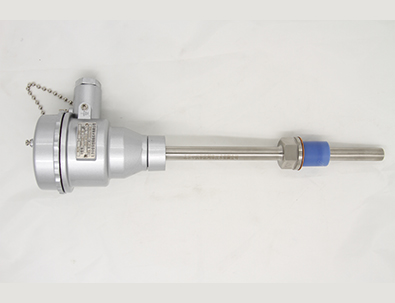
辣椒、泡菜、黃豆醬、辣椒醬深加工全系列設備
- 400-928-2990

關于我們
About us青島佰晟鑫機械有限公司,位于中國辣椒深加工發源地-山東膠州市。
本公司致力于各類辣椒深加工機械及蔬菜深加工機械。辣椒、泡菜、黃豆醬、辣椒醬深加工全系列設備的研發、制造和銷售。
公司擁有豐富的辣椒、大醬、泡菜設備設計經驗,生產的設備先后通過了ISO9001質量管理體系認證、ISO14001環境管理體系認證、ISO45001職業健康安全管理體系認證等,公司也獲得AAA級信用企業、誠信供應商、制造行業 AAA級誠信單位等榮譽稱號。
公司具有豐富的辣椒、大醬、泡菜設備設計經驗,生產的各種設備廣泛應用于、食品、農副產品加工等多種領域……

 2024-10-09
2024-10-09  2024-09-06
2024-09-06  2024-08-29
2024-08-29